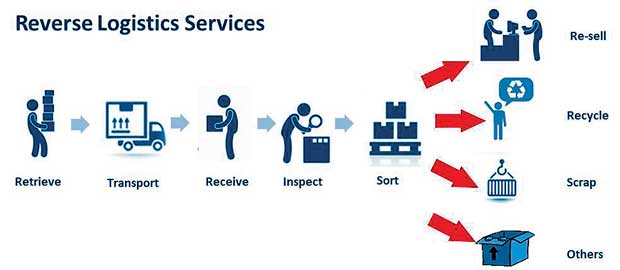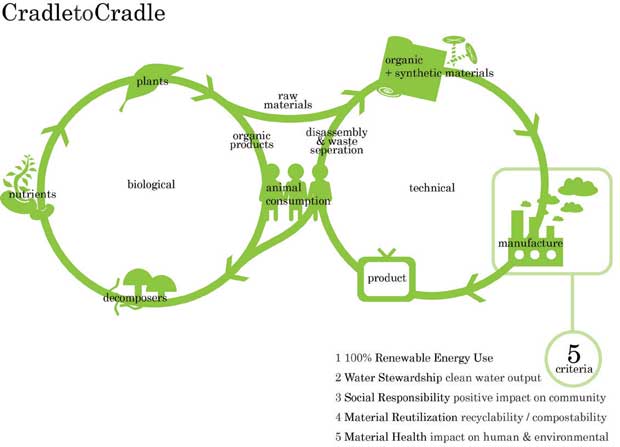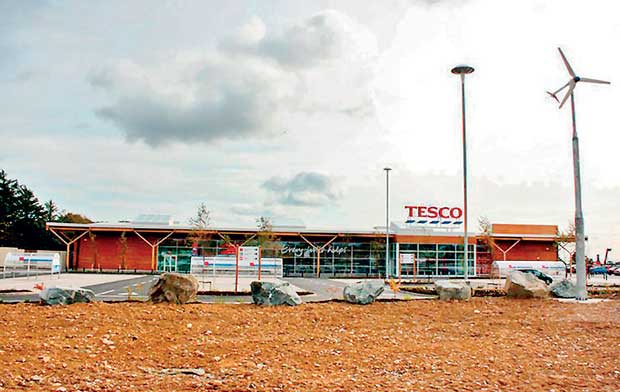Reply To:
Name - Reply Comment

As we approach earth hour on March 19, I thought it is important to create awareness among professionals as to how we should contribute to a sustainable tomorrow through our actions. It is said by 2030 the demand will increase for energy by 50 percent (IEA), food by 50 percent (FAO) and water by 30 percent (IFPRI) and we need to keep climate change under control.
Being in an industry that is a contributor to carbon emissions, as logistics professionals we have a moral obligation to do our part to mitigate the carbon emissions in any way we can. Supply chain consists of all parties involved, directly or indirectly, in fulfilling a customer demand. The supply chain not only includes the manufacturers and suppliers, but also transporters, warehouses, retailers, and customers themselves. Logistics is part of supply chain. A supply chain is dynamic and involves constant flow of information, products and services, and funds between different stages. It is through these flows that a supply chain fulfils a customer order. The management of each of these flows efficiently and effectively will be a key aspect to the success or failure of an organisation.

In conventional supply chains, the raw materials required to manufacture products are extracted and sourced. Manufacturing process entails the conversion of raw materials into a final product. Once the raw material has been transformed it is transported to the customer. The final stage of the conventional supply chain involves the consumption of the product and packaging is thrown away. Converting the linear thinking of take stuff, make stuff and throw stuff mentality to circular thinking for people to follow a ‘cradle to cradle’ approach will enable the entire value chain to be viewed as a sustainable eco system. The green supply chain modifies conventional supply chains in two ways.
The first is an initial focus on ensuring that each stage of the supply chain is addressed as per its environmental footprint. Second modification on the conventional supply chain involves an entirely new reverse supply chain.
Green supply chain management can be defined as integrating environmental thinking into supply chain management, including product design, material sourcing and selection, manufacturing processes, delivery of the final product as well as end-of-life management of the product after its useful life. Sustainability can be maximized throughout the supply chain, beginning with concept and development and then continuing through all phases of production and finally the distribution to the customer.

The trend towards developing a green supply chain is now gaining popularity but most companies are still coming to terms with how this can be achieved and where do they start. For years businesses have been concentrating on improving supply chain visibility, refining efficiency and minimizing cost. As the public becomes more aware of environmental issues and global warming, consumers will be asking more questions about the products they are purchasing. Companies will have to expect questions about how green their manufacturing processes and supply chains are, their carbon footprint and how they have embraced 3R – reduce, reuse and recycle.
If companies aspire to achieve superiority over competition, greening supply chains will definitely be a key differentiator to achieve this end goal.
The companies have been compelled to move to green supply chain thinking in the past few years in response to,
The following specific aspects are associated with green supply chain management practices from product design to shelf.
Green designing
The key aspect of green designing is that it should have eco-friendly features. These aspects have to be built in at the design phase of product development. Avoiding toxic and hazardous substances, complying with DfE principles (Design for Environment), complying with DfDRR principles (Design for Disassembly, Reuse & Recycle), increasing innovation capabilities, saving energy, saving resources are some of the attributes of green design. Globally recognised green labelling such as organic, bio-degradable, compostable, energy efficient, recyclable, etc., is another aspect that should be considered at product design stage to demonstrate eco-friendliness of the product that is marketed.
Green procurement
This involves the selection and acquisition of products and services to minimise any negative impacts over product lifecycles associated with manufacturing, transportation, usage and recycling. In many countries, governments, industries and civil society organisations work collaboratively to purchase eco-friendly products. At present Sri Lanka does not have a Green Procurement Policy. Ministry of Environment has taken steps to develop a green procurement policy for Sri Lanka and the work is ongoing. Green procurement policy will generate benefits not only to the organisation, but also to society and the economy, whilst minimizing environmental damage. Practicing Total Cost of Ownership (TCO) approach, engage and support vendors to reduce emissions, sourcing materials through sustainable sources, guidelines for usage of less hazardous materials, buying locally are some of the green procurement initiatives which will not only look at quality, cost and delivery requirements but will build in environmental thinking into procurement.
Green manufacturing
The production processes that have green credentials will have relatively low environmental impacts, are highly efficient, and generate little waste or pollution. Green manufacturing can lead to lower raw material costs, production efficiency gains, reduced environmental and occupational safety expenses, and an improved corporate image. Companies when engaged in responsible waste management practices and resource conservation practices such as usage of renewable energy sources, minimal processing, rain water harvesting, zero waste water discharging through reuse of treated effluent for gardening and toilet flushing, etc., do have the right green credentials. In Sri Lanka there are three factories which are LEED (Leadership in Energy & Environmental Design) certified: MAS Intimates Thurulie factory in Thulhiriya, Brandix factory in Seeduwa and Hirdaramani’s Agalawatte factory.
Green distribution
Green logistics is the key criteria for green distribution. Packaging characteristics (such as size, shape, and the materials used) have an impact on distribution and transportation. Better packaging together with rearranged loading pattern can mean a reduction in the quantity of materials used, better use of space, and less need for handling. Load and route optimisation will ensure higher per ton per km travelled. The use of low emission and highly efficient vehicles and biofuels to power vehicles will reduce the impact to the environment.
Reverse logistics
The process by which manufacturers accept previously shipped products from the point of consumption for recycling and remanufacturing where possible. To implement producer responsibility, the development of a reverse logistic is a must.
Green Retailing
With increasing shopper awareness on environmental impact, retailers are also under pressure to implement green practices. In UK, some of the Tesco stores are using wind energy to power their stores. Sainsbury is powering its stores with energy from biogas derived from food waste. The world’s largest retailer, Walmart is insisting its suppliers to comply with its sustainability index, thereby committing to reduce energy consumption and pledging to make its stores green. Walmart also has introduced earth-friendly product corners in its stores to demonstrate its commitment to environment sustainability. Similarly fast fashion retailer Zara has announced that it will make all its stores worldwide, eco-friendly by 2020.
Organisations can achieve significant benefits when green supply chain management practices are adopted. The benefits stem from:
Although it makes business sense to make supply chains green, there are many barriers that need to be overcome if an organisation needs to embark on this journey as most producers are not viewing greening as an immediate benefit to the organisation. Organisations must initially start minimizing waste in the operation and start reaping benefits which will give the confidence to do higher order improvements which in the long run will yield greater results to the organisation. If organisations start adopting TCO approach, top management will get convinced to see the benefits of greening supply chains.
Main barriers to overcome
However, with sustainability driving national agendas, fully supported by international developments, green supply chain management is not an option but an imperative. Greening supply chains are gaining momentum and certainly make business sense, therefore it is important that top management not only look at profits but also follow the triple bottom line approach as articulated by John Elkington (Social Responsibility - People, Environmental Stewardship - Planet and Economic Viability - Profit) to enable organisations to achieve competitive advantage and demonstrate doing well by doing good for a sustainable tomorrow.
(Gayani de Alwis is a Management Consultant, Lecturer, Chairperson WiLAT and Vice President ISMM)